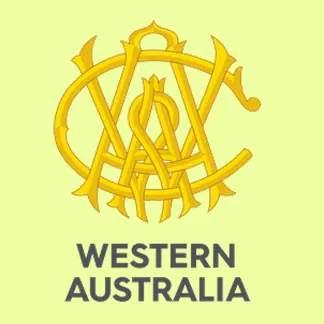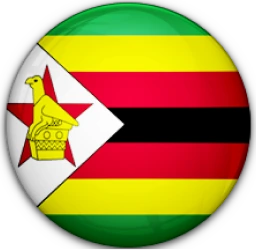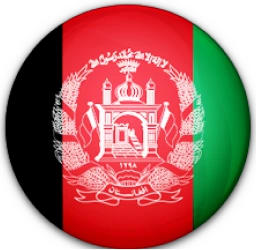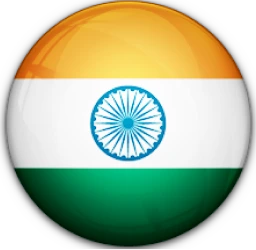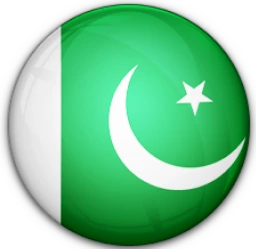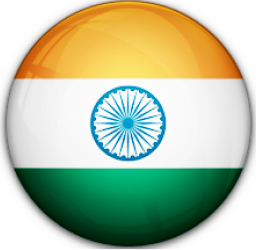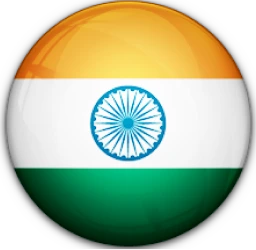The Asia Cup should be a festival of cricket, where the most passionate fans watch their favorite stars shine together. Instead, the latest edition felt more like a political circus, with cricket reduced to a helpless sideshow. The India-Pakistan rivalry, always fiery, crossed the line this year—driven by power plays, egos, and nationalism, with bat and ball pushed aside. Let’s look at how this once-thrilling clash turned into a showcase of dysfunction, why fans deserve better, and what the Asia Cup needs to truly deliver on the field.
When Politics Took Center Stage
Cricket has always been tangled up with politics in South Asia, but the Asia Cup final really showed how bad it’s gotten. After India’s win, there was no trophy handover ceremony, the most basic part of any tournament finale, because of a standoff between the Indian team and Asian Cricket Council president Mohsin Naqvi, who also happens to be Pakistan’s Interior Minister.
Fans waited over an hour in anticipation, only to see nothing. Instead of celebrating Tilak Varma’s terrific innings of 84 from 51, especially against a bowling attack that included Shaheen Afridi, people reacted to tweets from politicians on the exhortation of putting politics aside, where and who took the trophy, how it was brought to the stage, what Naqvi said or didn’t say, and tweets made wanting to get the record straight.
The Scheduling Bias That No One Wants to Admit
Even without the political maneuvering, the setup of the tournament was not highly beneficial. Let’s face it, the Asia Cup is seemingly set up to – primarily – guarantee India and Pakistan play each other as much as possible. Three Sundays in a row of India vs Pakistan? Great for the television rating. Not great for competitive integrity.
Meanwhile, teams like Afghanistan, Bangladesh, and Sri Lanka once again found themselves crammed into a “group of death.” They battled it out against each other while India and Pakistan had a smoother ride against Associate nations. And when the schedule demanded back-to-back games, guess which group got stuck with the short end of the stick? Not the “big two,” that’s for sure.
Women’s Cricket Caught in the Crossfire
Perhaps the saddest fallout of this mess is how it’s already casting a shadow on women’s cricket. As the Women’s World Cup kicked off, Pakistan captain Fatima Sana was visibly uneasy when asked about the political tension between India and Pakistan. The men’s teams may have normalized refusing handshakes and framing matches as “extensions of military operations,” but for women players who already face cultural barriers in South Asia, this makes things even more complicated.
Do they follow the men and jeopardize their reputation for fair play? Do they look to transcend the mess and invite criticism at home? Either way, that pressure adds a basis of difficulty on a stage that is supposed to be impressed by talent and not the anxiety of diplomacy. As opposed to helping young girls pick up a bat or ball, these political sideshows jeopardize the women’s game as collateral.
FAQs
1. Why did the Asia Cup feel more like politics than cricket this year?
Because the India-Pakistan rivalry was dominated by political standoffs, it overshadowed on-field performances.
2. What happened with the Asia Cup trophy presentation?
India refused to accept the trophy from Asian Cricket Council president Mohsin Naqvi, causing the ceremony to collapse.
3. How was the tournament schedule biased?
It was designed to maximize India-Pakistan clashes while overburdening smaller teams like Bangladesh, Sri Lanka, and Afghanistan.
Disclaimer: TThis blog post reflects the author’s personal insights and analysis. Readers are encouraged to consider the perspectives shared and draw their own conclusions.
Step into the world of cricket with JeetBuzz News—where expert opinions, trending Blogs, and behind-the-scenes insights meet all your favorite topics. Stay informed, stay entertained, and never miss the stories shaping the cricketing world—only on JeetBuzz News!
